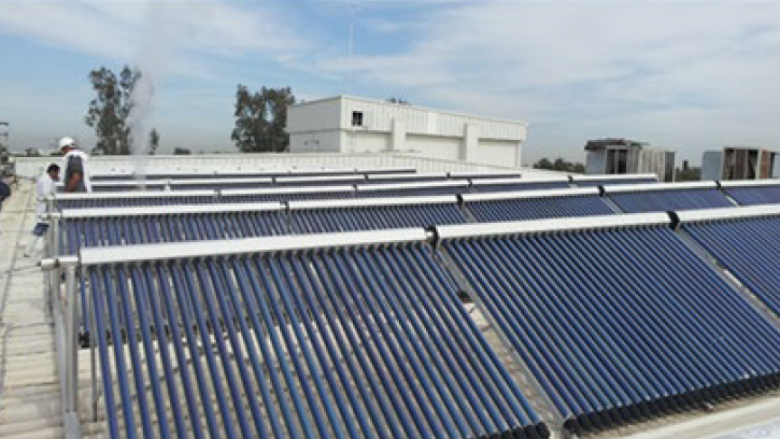Challenge
In 2009, the solar market in Mexico was nascent and renewable energy and energy efficiency technologies were out of the reach for even medium-sized or large farms. Energy, an expensive input into agricultural production and transformation, hindered the growth of small- and medium-sized businesses. In addition, agriculture was a significant source of greenhouse gas (GHG) emissions, representing 7 percent of Mexico’s total emissions, mostly due to the use of inorganic fertilizers and anaerobic decomposition of organic materials. Together the government of Mexico and the World Bank sought a way to bolster the growing solar market, make sustainable technologies more accessible to farmers, and lower agricultural GHG emissions. The strategy selected was to promote competitiveness and environmental sustainability of agriculture through energy efficiency use of renewable energy and biomass technologies.
Approach
The Bank and the government of Mexico agreed to work through FIRCO, a decentralized agency of the Ministry of Agriculture (Secretaria de Agricultura, Ganaderia, Desarrollo Rural, Pesca y Alimentacion, or SAGARPA at the time). The project provided matching grants through subprojects to agribusinesses on a demand-driven basis. FIRCO had offices throughout the country and was able to hold promotional events and provide targeted technical assistance for the development of proposals and implementation of subprojects. Open calls for proposals helped to identify interested small- and medium-sized agribusinesses, and FIRCO helped beneficiaries do energy diagnostics and prepare business plans for integrating new technologies into current operations. In its early years, the project was supported by a provision allowing private power producers (PPPs) to inject energy into the national grid and receive energy credits. In the project’s later years, agribusinesses benefited from the 2015 Law of Energy Transitions, which allowed PPPs to sell excess energy into the grid. Thus, through the instillation of energy efficient and renewable energy technologies, agribusinesses saved money on inputs and made money on energy sales.
The project’s list of supported technologies included solar panels, solar thermal, biodigesters, turbines, and energy efficiency appliances (for example, efficient milk chillers). Although the project was largely demand-driven, FIRCO was also conscious of meeting goals for reducing GHG emissions, and in the early years it emphasized use of biodigesters, which eliminated two major contributors of GHG emissions: biodigesters contained the anaerobic digestion of manure, thus reducing methane GHG emissions, and their output (slurry) was organic fertilizer, eliminating the need for synthetic fertilizers.
